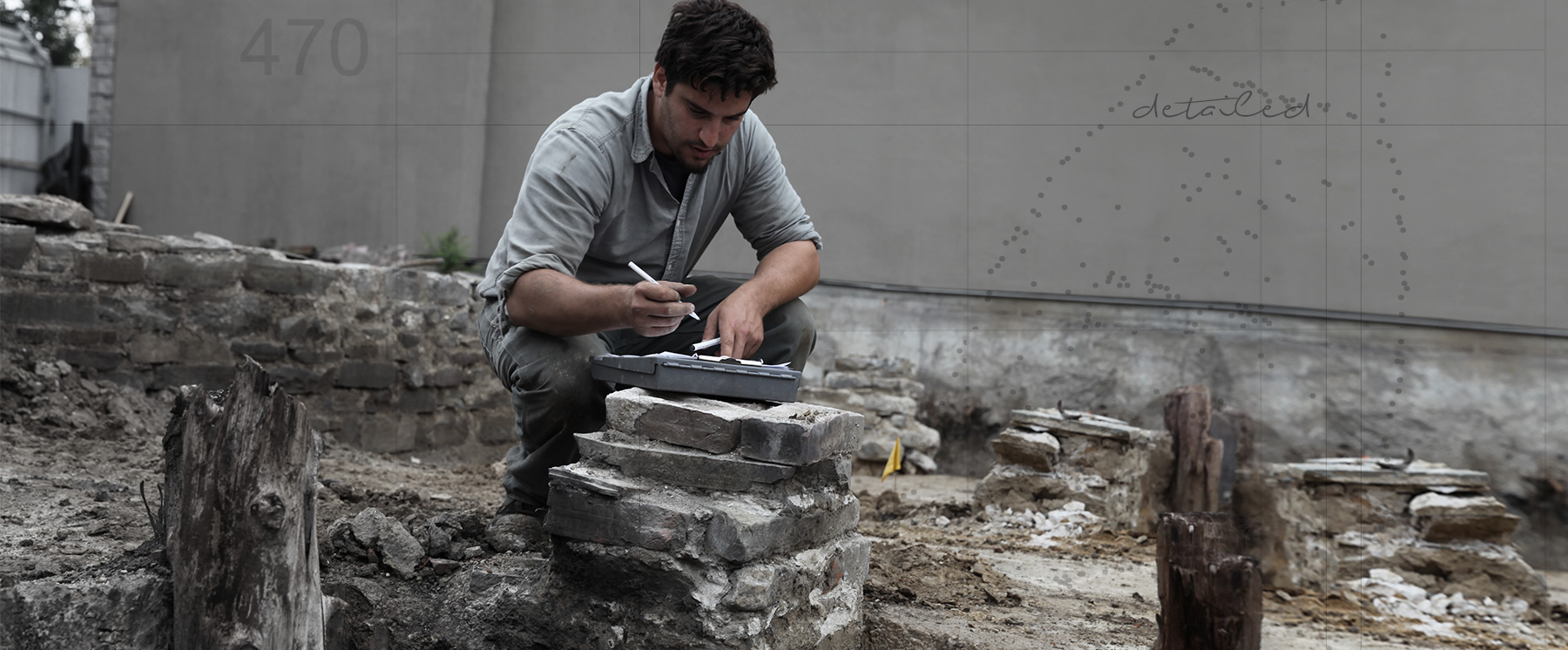
Archaeological Assessments
Archaeological assessments are completed in a staged fashion, as required by provincial government regulations.
Stage 1
Archaeological assessment is a detailed background study of the land use and geological history of the property and its topographic, physical and historical setting. The goal of a Stage 1 archaeological assessment is to determine the potential for the discovery of archaeological sites on the property.
Stage 2
Archaeological assessment (or field survey) consists of a pedestrian survey of ploughed fields and/or shovel testing of grassed or wooded areas. Alternative techniques are employed in the assessment of urban areas. If sites are found, a stage 3 archaeological assessment may follow
Stage 3
A stage 3 archaeological assessment usually involves test excavations to determine the size, nature and significance of the site. If the testing is productive and a site is deemed significant, a stage 4 archaeological assessment or mitigation is conducted.
Stage 4
This may involve negotiating avoidance measures to preserve all or part of the site in a park-like green space, partial excavation, or a complete excavation of the total deposit.
All stages of fieldwork are followed by an inventory and analysis of the artefacts recovered and the completion of an assessment report.
All archaeological consulting activities are governed by the Ontario Heritage Act and technical guidelines established by the Ontario Ministry of Culture and Sport.
In Ontario, all archaeological consulting work must be conducted by a licenced archaeologist.
